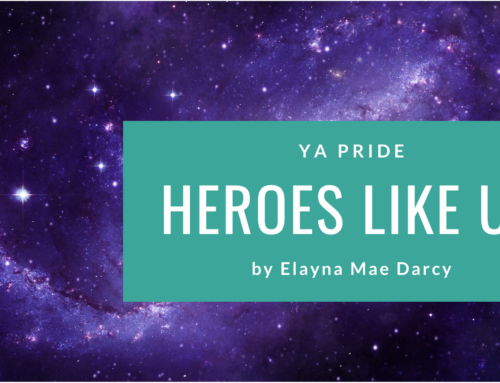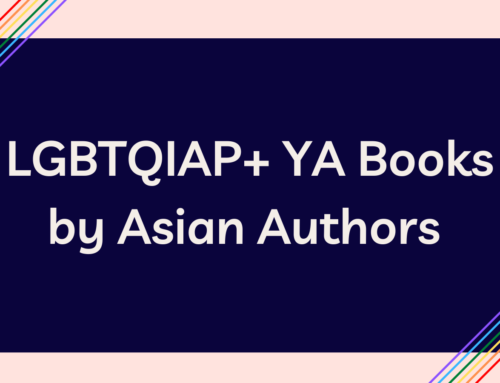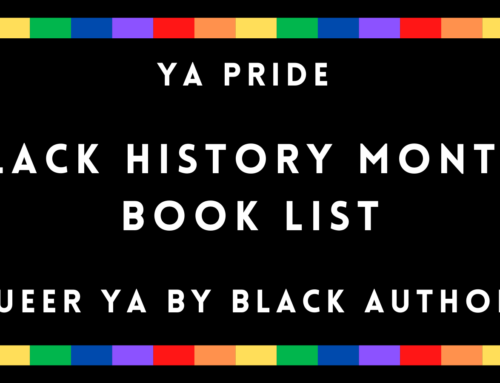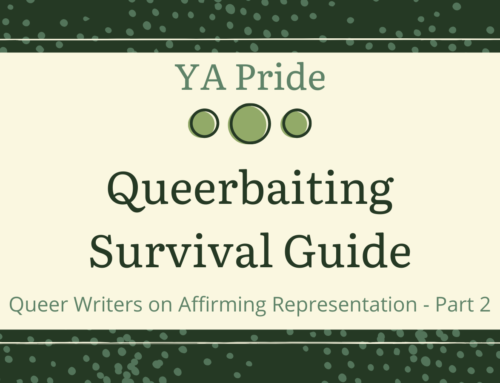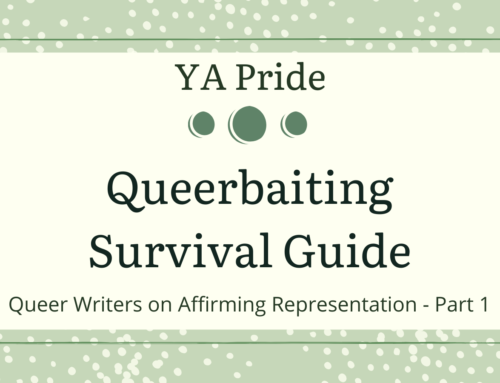by Robin Kurz
This summer, after two institutions and four years, I finally have the opportunity to design and teach a GLBTIQ course for library science students. Since it’s a “resources and services” course, I’m able to incorporate books rather heavily into the syllabus. I have taught a variety of these sorts of courses (from YA to multicultural) and use class-wide reads as a way to introduce students to relevant themes, genres, communities, etc. Basically, the entire class reads the same title and we then discuss it based on the questions and prompts I provide and inclusive of other course readings.
As I have been waiting years to teach a course like this, I had no shortage of titles I would have loved to have students read (including some classic titles I consider my “mirror” books and newer titles that I wish had been around when I was questioning my own sexual identity as a teenager).
Here are some of the factors I considered when making the list:
- The course is only worth 2 hours of credit, which meant I couldn’t overwhelm students by having them read all the books. I admit that I have this tendency!
- This is a summer course, so I have only 12 weeks to squeeze in everything instead of the usual 16 weeks of a full term. This led me to have to condense some segments of the Queer population that I would have otherwise given more time to in a regular-length semester. In the end, I decided on titles with intersex, transgender, gay, lesbian, and bisexual characters, with a sixth title focused on GLBTIQ families, as that was related to one of the course learning outcomes.
- I would have students across a number of states in a variety of urban, suburban, and rural locations, and I always encourage students to find class-wide readings at local libraries. Since this can already be a challenge for my rural students when the titles I assign aren’t likely to be challenged, I knew it would be particularly difficult for this course. In the end, I tried to select titles that were from larger presses and more established writers in hopes that accessibility would be less of a factor. At that same time, it was important for me to include as many Queer writers as possible and to make the list racially and ethnically diverse.
- This is what I refer to as a “birth-to-death” course, covering children, teens, and adults; therefore, if I was going to make the readings more YA-focused, I was going to need a very good reason for doing so. The reason is that we could get through more titles if the majority were written for teens. If I’d chosen adult books, we would have had a much shorter (thus less representative) list.
- An early anonymous poll found that 94.1% of students responded “I (at least mostly) identify with the gender I was assigned at birth and do not consider myself gender fluid, gender variant, genderqueer, and/or transgender,” while 5.9% responded “I do not identify with the gender I was assigned at birth and consider myself gender fluid, gender variant, genderqueer, and/or transgender.” Given that the vast majority of the class identifies as cisgender, I wanted to make sure that everyone left the class with a much better understanding of gender identity, gender fluidity, and transgender communities. This shaped my decision to include George and to have the family title focused on gender identity.
- Results from the same poll indicated that almost half of the class identified a GLBTIQ, as seen in the pie chart below. Having a mix of students with a variety of levels of knowledge about GLBTIQ communities made it a challenge to determine readings that would seminal enough for straight-identifying students while still not titles that half of the class had already likely read.

In the end, I knew there could be no perfect list (there never is). Two seconds after I send the reading list for any given course to students I think of a title (or three) I should have used instead. I have given myself an out for this with one of the other course assignments: the long-form book review. In this assignment, students choose a title from a preselected list to read and review on the course wiki. I’m still working on this list but will post it on my blog when I have it ready. It will include many of the other YA titles (both fiction and nonfiction) I considered for the final list below.

None of the Above by I.W. Gregorio

George by Alex Gino

Aristotle and Dante Discover the Secrets of the Universe by Benjamin Alire Sáenz

Born Confused by Tanuja Desai Hidier

Adaptation by Malinda Lo

Raising My Rainbow: Adventures in Raising a Fabulous, Gender Creative Son by Lori Duron
If you’re interested in learning more about this course, you can find the syllabus here and feel free to check out my blog in June for the fuller list of titles.
—
 Robin Kurz, Ph.D., is an assistant professor in the School of Library and Information Management at Emporia State University. Prior to her doctoral studies, Robin worked in youth services in public libraries. Her research focuses on diversity and inclusion in library education, collections, and services, particularly for youth and their families. Learn more on her blog, http://www.
Robin Kurz, Ph.D., is an assistant professor in the School of Library and Information Management at Emporia State University. Prior to her doctoral studies, Robin worked in youth services in public libraries. Her research focuses on diversity and inclusion in library education, collections, and services, particularly for youth and their families. Learn more on her blog, http://www.